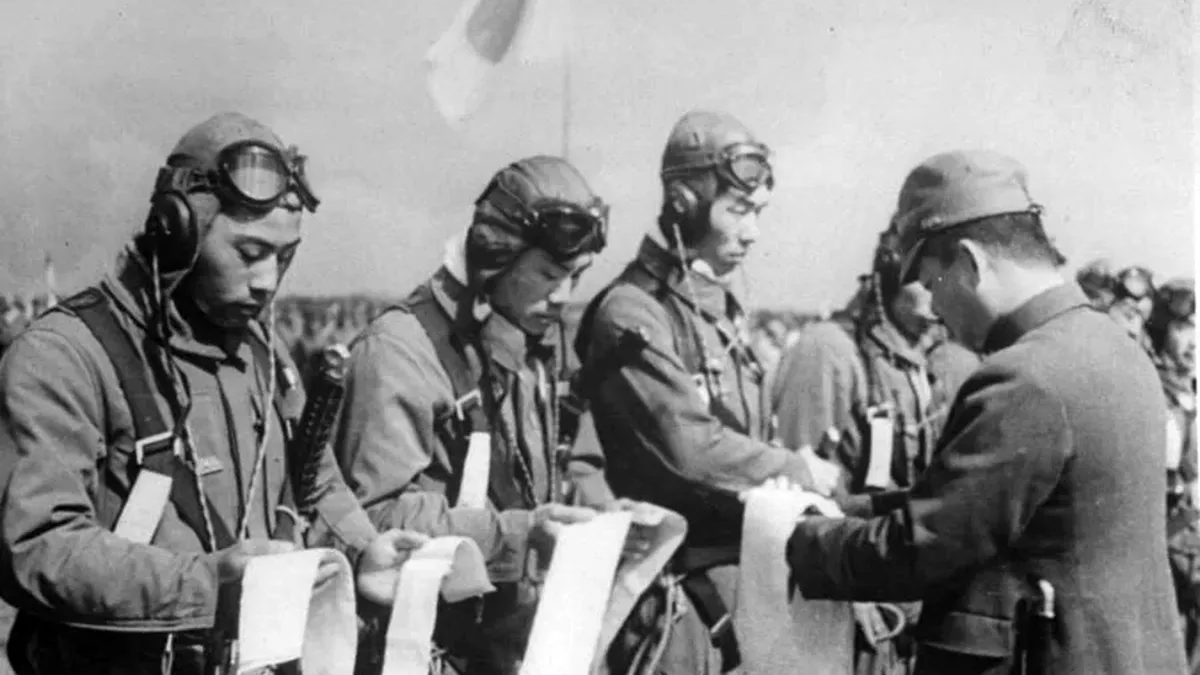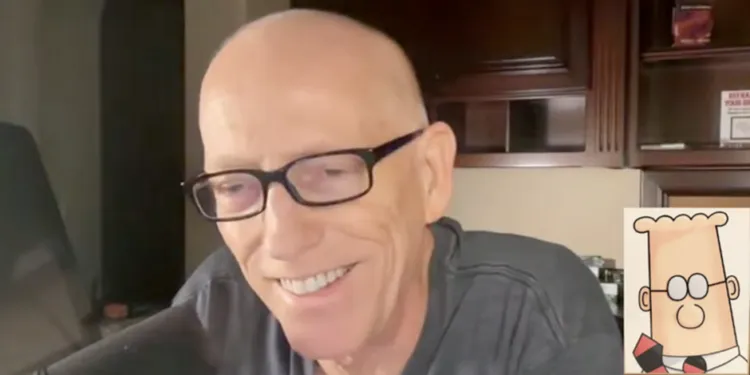Table of Contents
I was a, was a kamikaze pilot
They gave me a plane, I couldn’t fly it home
The Hoodoo Gurus
The kamikaze have become the stuff of WWII legend: the fanaticism of these young Japanese suicide pilots and the terror they wreaked on ships’ crews who found themselves facing an enemy that simply disregarded barrages of defensive fire to destroy ships.
The allies had good cause to fear. Although only 14 per cent of kamikaze did hit their targets, they were responsible for some 80 per cent of US losses in the last phase of the war. From October 1994, between 2,800 and 4,000 kamikaze came screaming out of the Pacific skies.
To the Allies, the kamikaze were yet more proof that the Japanese would die rather than surrender. Indeed, not one Japanese unit surrendered during the War, until the final, unconditional surrender of the nation. Even then, some individual soldiers refused to surrender for years, even decades.
The Japanese leadership held up the kamikaze as the ultimate Bushido: men who volunteered unequivocally to die for the honour of their country.
But were they really so voluntarily steadfast as Imperial propaganda made out?
The military reported with pride that, when flying ace Lt Yukio Seki was asked to lead the kamikaze unit, he simply closed his eyes and went still for a moment, then smoothed back his hair and said: “Please do appoint me to the post.”
But Seki’s comments in private suggest that he had only volunteered because he felt that he had no choice.
“Japan’s future is bleak if it is forced to kill one of its best pilots,” Seki bitterly told a war correspondent. “I am not going on this mission for the Emperor or for the Empire… I am going because I was ordered to.”
Many kamikaze pilots shared Seki’s bitterness at the prospect of their inevitable deaths, even if they had, on paper, volunteered. Another wrote home to his mother:
“I cannot help crying when I think of you, Mum. When I reflect on the hopes you had for my future… I feel so sad that I am going to die without doing anything to bring you joy.”
Like many of their countrymen, these were young men who had been relentlessly brutalised and brainwashed by a fanatical military caste.
Later volunteers would go through even harsher conditions to push them into accepting their suicide missions.
One kamikaze pilot, Irokawa Daikichi, wrote in his diary that during his training he was routinely starved and beaten. His superiors would deny him food; if they even suspected he’d eaten, they’d beat him bloody.
“I was hit so hard that I could no longer see and feel on the floor,” he wrote. “The minute I got up, I was hit again…. [He] hit my face 20 times and the inside of my mouth was cut in many places by my teeth.”
Kamikaze pilots would be beaten for any type of disloyalty. Others described being ordered to memorize poems in archaic forms of Japanese, then being knocked to the ground every time they made a mistake.
By the time the day came, any sense of free will they had or any desire to disobey orders would be erased.
In the end, of course, even their forced sacrifice amounted to no difference. Before a year had elapsed, Japan’s fate was sealed in twin atomic flashes. The Emperor ordered an unconditional surrender – although, even then, some fanatical army units tried to prevent it.
For many of the pilots who’d given their lives, it was the ending they’d expected. Many, before flying off to their deaths, had written letters home to their mothers bemoaning that were going to waste their lives in a futile war.
As one kamikaze wrote home, “I have to accept the fate of my generation: to fight in the war and die.”
All That’s Interesting
As some survivors of kamikaze-training relate, they were given a slip of paper with three choices: volunteer “out of a strong desire”, volunteer or decline. Any who dared choose the last were told to choose again.
As for their commanders, Fujio Hayashi, who oversaw and trained kamikaze pilots, is still tormented by guilt. “I think of the many men I killed with my pencil, and I apologize for having killed them in vain,” he said.
Every day, 365 days a year, whenever I remember those who died, tears start coming. I have to run into the bathroom and weep.
Fujio Hayashi









